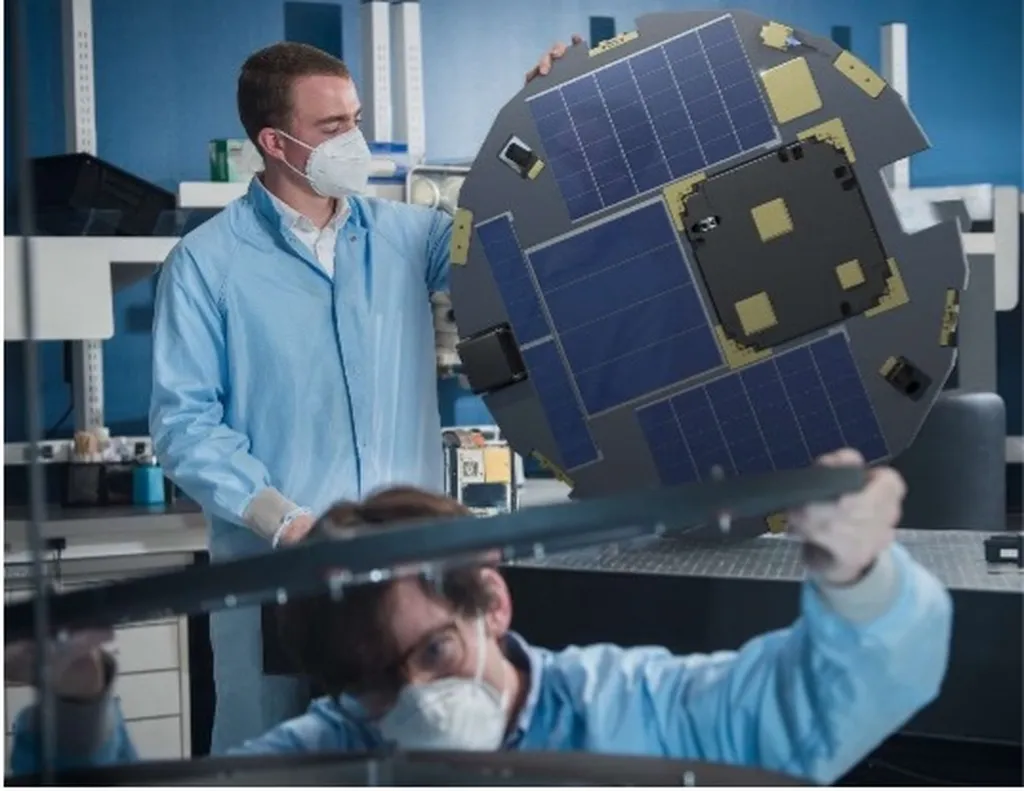In the quest to enhance the mechanical properties and control the degradation rates of biodegradable polymers, researchers have turned to strategic blending as a promising avenue. A recent study published in ‘Materials Research Express’ (which translates to ‘Journal of Materials Research Express’) delves into the atomistic-level investigation of polycaprolactone (PCL) blends with polylactic acid (PLA) and polyglycolic acid (PGA), offering insights that could revolutionize industries from biomedical engineering to sustainable packaging.
Led by Hasan Douha Touki from the Department of Mechanical Engineering at Bangladesh University of Engineering and Technology, the research employs molecular dynamics simulations to explore the potential of these polymer blends. “The goal was to enhance the mechanical strength of PCL, which is known for its biodegradability and biocompatibility but often falls short in terms of mechanical robustness,” Touki explains.
The study investigated various compositions, including binary blends PCL/PGA (70/30) and PCL/PLA (70/30), as well as ternary blends with different ratios. The results were promising: blending 30% PGA into PCL increased the ultimate tensile strength by 25.3% and Young’s modulus by 34.3%. “These enhancements are significant and open up new possibilities for applications where mechanical strength is crucial,” Touki notes.
The research also examined the hydrolytic degradation behaviors of these blends in acidic and basic environments. The degradation rate in basic conditions was notably higher than in acidic conditions, with the ternary blend PCL/PLA/PGA (50/25/25) exhibiting nearly double the degradation rate compared to pristine PCL. This finding is particularly relevant for applications requiring controlled degradation, such as resorbable surgical sutures and drug delivery systems.
Thermal degradation studies revealed the formation of primarily low-carbon molecules as end-products, providing valuable insights into the thermal stability and degradation mechanisms of these blends. “Understanding these mechanisms is crucial for designing materials that can withstand specific environmental conditions while maintaining their structural integrity,” Touki adds.
The implications of this research extend beyond biomedical applications. In the energy sector, for instance, the development of biodegradable and mechanically robust materials could lead to more sustainable packaging solutions and advanced composites for energy storage devices. The ability to control degradation rates is also vital for applications in environmental remediation and controlled-release technologies.
As the world shifts towards sustainability, the need for materials that are both environmentally friendly and mechanically robust becomes increasingly important. This research offers crucial design guidelines for enhancing the mechanical properties and controlling the degradation rates of PCL blends, paving the way for innovative solutions in various industries.
“Our findings provide a foundation for future research and development in the field of biomaterials,” Touki concludes. “By optimizing the mechanical and degradation properties of these blends, we can unlock new possibilities for applications that require both strength and sustainability.”

